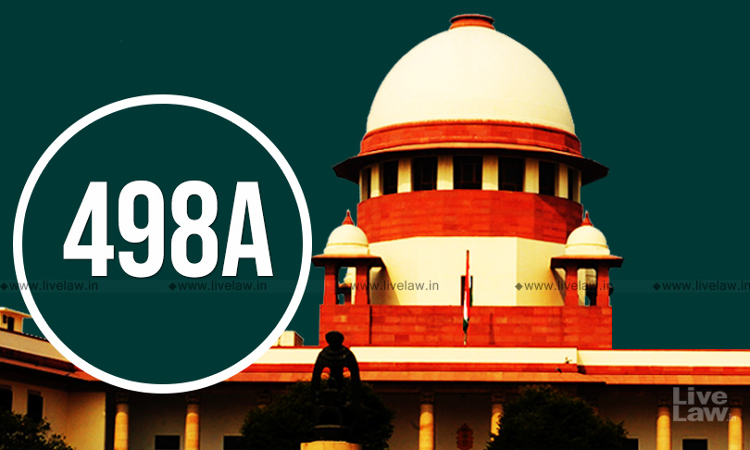Conviction Under Section 498-A IPC Can Be Upheld Despite Acquittal Under Section 304-B IPC : Supreme Court
Suraj Parmar
20 Oct 2023 6:22 PM IST

Next Story
20 Oct 2023 6:22 PM IST
In a heartwrenching case, where a girl committed suicide by setting herself on fire due to physical and mental torture committed by her in-laws demanding dowry, the Supreme Court convicted the appellants under Section 306 IPC (abetment of suicide) and Section 498A(cruelty against a married woman)read with Section 34 IPC based on the dying declaration made by her.Her dying declaration even...
